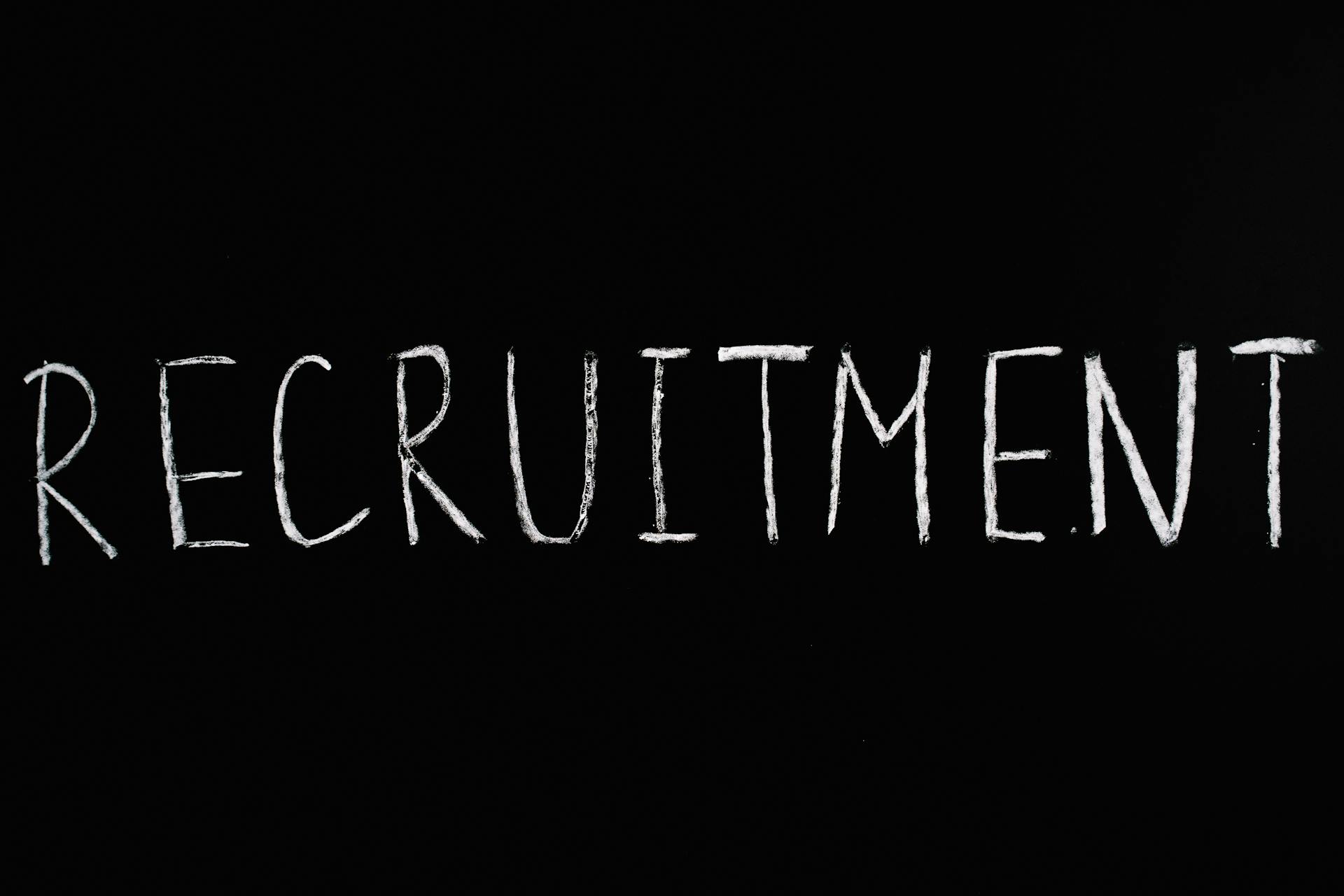
The Federal Employee Health Benefits Program, or FEHB, is a health insurance program designed for federal employees and their families. It's a vital benefit that provides access to quality healthcare.
FEHB is administered by the Office of Personnel Management, or OPM, which oversees the program's operations and ensures that it runs smoothly. The OPM works closely with insurance carriers to offer a range of plans to federal employees.
One of the key benefits of FEHB is that it's a self-sustaining program, meaning that premiums paid by federal employees cover the costs of the program. This helps to keep costs low for employees and ensures that the program remains financially stable.
If this caught your attention, see: Fehb and Medicare Part B
Federal Employee Health Benefits
As a federal employee, you're entitled to a comprehensive health insurance plan through the Federal Employees Health Benefits (FEHB) program. You have 60 days from your date of appointment to make an election for the health benefits program, and you'll need to submit your completed Health Benefits Election Form, SF-2809, to your servicing Human Resources Office in a timely manner.
If you fail to make an election within the required deadline, you're considered to have declined coverage, and you won't have another opportunity to enroll until the annual open season or unless you experience a qualifying life event.
Your election will become effective on the first day of the first pay period that begins after your employing office receives your enrollment request and you're in a pay status. This means that the earliest your health insurance can become effective is the beginning of the pay period that begins after the pay period in which you were hired.
As a family member, you're eligible for coverage if you're the spouse (including a valid common-law marriage), unmarried dependent child under the age of 22, including legally adopted children, or recognized natural (born out of wedlock) children who meet certain dependency requirements.
Here are some additional eligibility criteria for family members:
- Your spouse (including a valid common-law marriage)
- Unmarried dependent children under the age of 22, including legally adopted children
- Recognized natural (born out of wedlock) children who meet certain dependency requirements
- A child whose parents have died is living with, and being supported by, a close relative who is an enrollee
- A child who is living with and financially dependent on a grandparent who is an enrollee
- A child living with an enrollee under a pre-adoption agreement
- A child who is in the legal custody of an enrollee
For your grandchild or foster child to be covered under your FEHB enrollment, you must sign a certification stating that your foster child meets all the requirements and that you'll notify your employing office if the child marries, moves out of the home, or stops being financially dependent on you.
Coverage Options
In 2010, there were about 250 plans participating in the FEHBP, with about 20 nationwide or almost nationwide plans, and around 230 locally available plans, mostly Health Maintenance Organizations (HMOs).
The cost of the FEHBP was approximately $40 billion in 2010, including both premiums and out-of-pocket costs. This program covers about four million employees and annuitants, totaling eight million people when dependents are included.
There are three main types of plans available: fee-for-service and preferred provider organization (PPO), usually offered in combination; HMOs; and high-deductible health plans and other consumer-driven plans.
For your interest: Fehb Plans with Medicare Reimbursement
Family Coverage
Family coverage is available to eligible family members, including your spouse and children under age 26. This includes adopted children, recognized natural children, and stepchildren.
Your spouse is considered an eligible family member, regardless of whether you have a traditional marriage or a common-law marriage.
Children under age 26 are eligible, including those of same-sex domestic partners in certain states. If you have a child over 26 with a disability that began before age 26, they may still be eligible.
To qualify, foster children must meet certain requirements, including being under age 26, living with you, and having a parent-child relationship with you.
Here are the key requirements for foster children:
- Under age 26 (or over 26 if incapable of self-support due to a disabling condition)
- Currently living with you
- The parent-child relationship is with you, not the child’s biological parent
- You are the primary source of financial support
- You expect to raise the child to adulthood
Plans
In the FEHB program, about 250 plans participate, with around 20 being nationwide or almost nationwide. These include plans offered by employee unions, associations, and insurance companies.
About 230 locally available plans are HMOs. The FEHBP's cost is around $40 billion in 2010, including premiums and out-of-pocket costs.
Four million employees and annuitants are enrolled, totaling eight million people when dependents are included. There are three broad types of plans available: fee-for-service and PPO, usually offered in combination; HMOs; and high-deductible health plans and other consumer-driven plans.
In the Washington, D.C. metropolitan area, there are 10 fee-for-service and PPO plans, seven HMOs, and eight high-deductible and consumer-driven plans available to all federal employees and annuitants. The federal government sets minimal standards for insurance companies to participate in the program.
Recommended read: Fehb Plans for Retirees
The minimal standards result in numerous competing insurance plans that are available to federal employees. Local plans have ready access to participation, but the underlying statute prohibits entry of new national plans.
Total premiums can vary substantially, with the lowest cost plan option having a self-only premium cost of about $2,800 and the highest cost plan option for self-only enrollment at around $7,200.
See what others are reading: Fehb Plans
Making Changes
You can make changes to your FEHB coverage during the annual Federal Benefits Open Season, which takes place from mid-November through mid-December.
During this time, you can change plans, options, or the type of enrollment, such as switching from Self Only to Self and Family. You can also change your enrollment type if you experience an FEHB-specific Qualifying Life Event (QLE).
If you're making a change during open enrollment, be sure to select "2A" as the applicable event code.
Frequently Asked Questions
Why is FEHB so expensive?
FEHB plans are more expensive because they cover a wide age range, including elderly individuals who may require more medical care. This broader coverage comes at a higher cost, but also offers benefits like continued coverage in retirement.
Do I need both FEHB and Medicare?
You may not need both FEHB and Medicare, but it depends on your specific situation and Medicare plan. If you have Medicare Advantage, you may not need FEHB, but if you're eligible for premium-free Medicare Part A, it's recommended to enroll.
Sources
Featured Images: pexels.com


